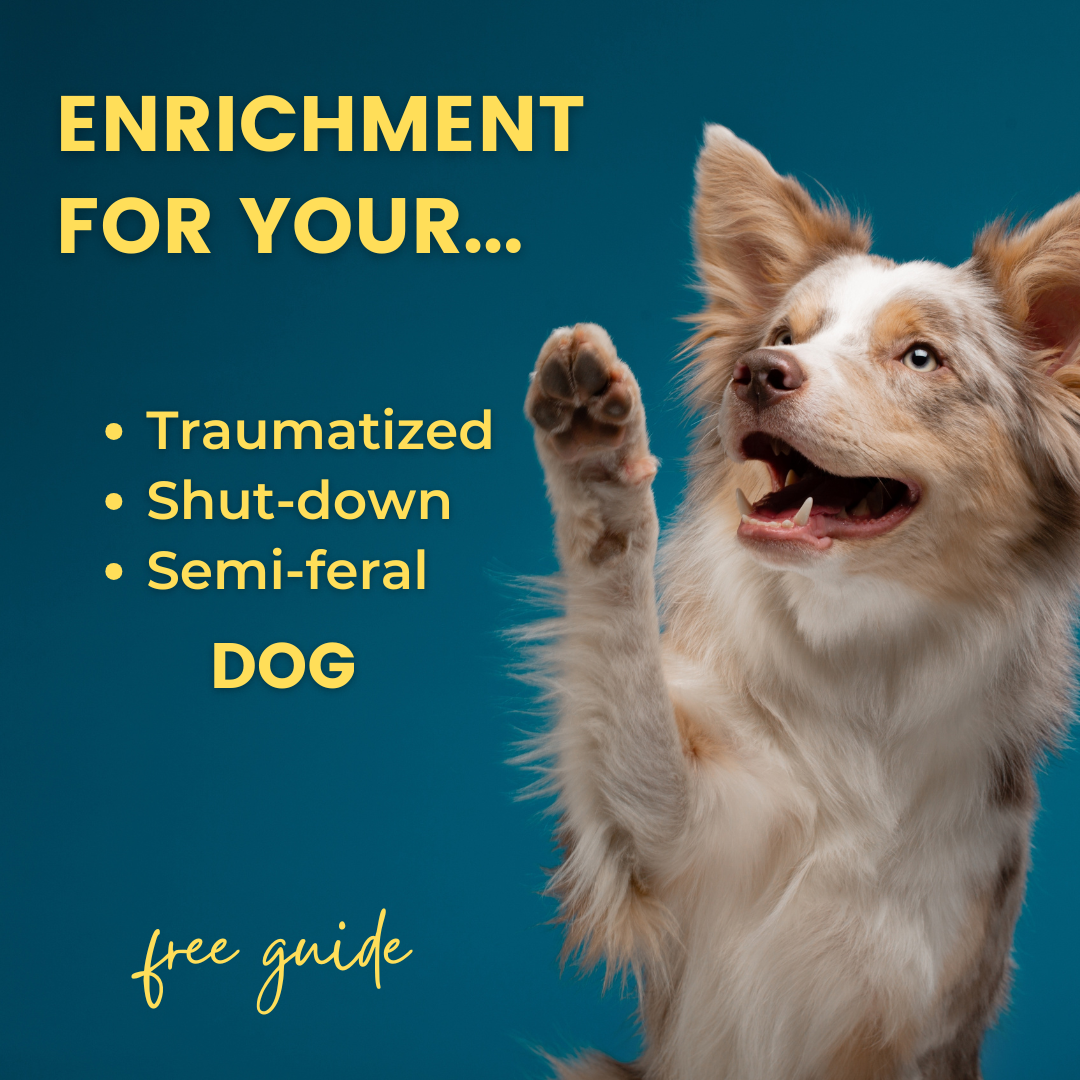Nail Filing for Dogs Part 3: Filing Nails
Jan 03, 2022
Have you been working on your dog's nail care? If you can touch your dog's paws, but not file or clip their nails, this week's installment is for you. In this video I explain how to start filing your dog's nails, if you'd prefer this to using a nail board. Here are some starting points for working the nail file into your training:
How To Introduce The File
Here are some training steps I used with our dog Pancake, when introducing the nail file:
- Dog touches their nose to the file: Ask your dog to approach and touch the file with their nose;
- Dog touches nose to the file while lying on their side: Ask your dog to touch the file with their nose while in their nail filing position. In our nail filing series, the nail filing position is the dog lying on their side;
- Touch a nail with the file: Gently touch the file to a nail briefly. Reward your dog for staying in position;
- "File" a nail with your fingers: Rub your finger in a filing motion across your dog's nail to mimic the feel of the nail file.
- File a nail once: Drag the nail file across the end of a nail, once. Keep the movement brief and the pressure light at first. Changes in pressure and duration might affect your dog's comfort and are worth experimenting with;
- Increase the number of strokes with the file: Run the file over the nail multiple times between treats. Increase the number of filing motions gradually;
- Go toe by toe: Each nail may have a different level of sensitivity due to the physical health of your dog. Slowly work your way through them and note any that require slower, more careful work.
When To Change Difficulty?
Decide ahead of time what criteria you'll use to move ahead, or to drop back, in your training plan. For example, with Pancake I used the following criteria:
- Success!: Your dog stays on their side without flinching or pulling away. I moved to the next step when Pancake could meet these criteria for at least 3 training "reps" in a row;
- Retreat!: If your dog flinches or pulls away, they may need to step back in the plan a bit. When working with Pancake, I dropped back to an easier step any time he flinched or got out of position.
Now that you know how to work through the steps, let's look at one more way to organize training sessions.
Bouncing Between Steps Within A Training Session
Varying difficulty within a session, and interspersing difficult trials with many easier ones, can produce faster results. For example, if you've just introduced a single swipe of the nail file to your dog's nails, your session might mostly consist of nail touches and even nose touches to the file, with occasional filings. Check out of the video for more examples.
Note: This handling can be difficult with a fearful dog. Take the training slowly and mix in easy steps as needed to make nail filing fun. Work with your trainer to personalize the training process for your dog.
I hope you enjoy this week's final video in our nail care series. If you're just starting this training, check out parts 1 and 2 first.
If you're looking for more one-on-one guidance with your fearful dog, check out our online training membership, the Reactive Dog Academy. For a more personalized plan, sign up for private training.
If you are getting started with paw handling, we want to hear about your successes or struggles. Join our Facebook group and post your questions or comments there, or email us at [email protected].



